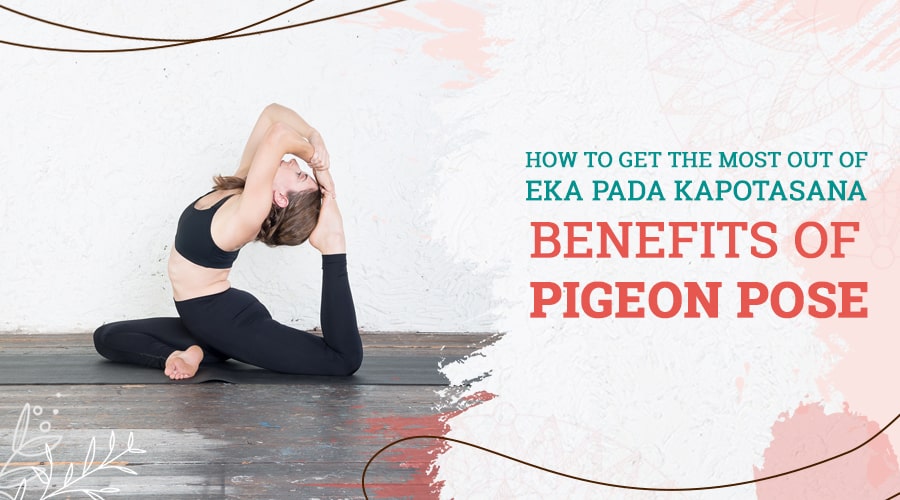The Pigeon Pose is a pose known by many names and is practiced in all styles of yoga.
In Hatha Yoga, we know two kinds of Pigeon Pose. One variation is the King Pigeon Pose (Eka Pada Rajkapotasana). The King Pigeon involves an overhead grip, as shown in the banner image above. The other variation is the One-Legged Pigeon Pose which has the same base but does not involve the overhead grip.
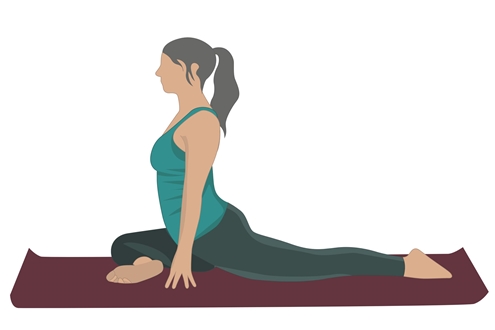
Eka Pada Kapotasana – One-Legged Pigeon Pose
In the Ashtanga Vinyasa tradition, there is a one-legged and a two-legged version of the Pigeon Pose, both requiring a very deep backbend. The two-legged version is shown below and is also known as Full Camel Pose (Purna Ushtrasana).
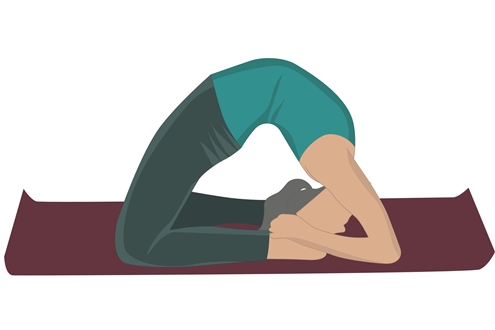
Dwi Pada Rajkapotasana – Purna Ushtrasana
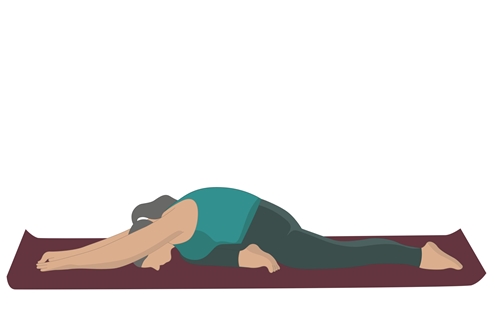
Dwi Pada Rajkapotasana – Purna Ushtrasana
And in Yin Yoga, we practice the one-legged version (Eka Pada Kapotasana) in a supported way, known as Swan. A very common variation thereof is the Sleeping Swan.
As you can see, the Pigeon Pose is a very popular pose that is used in many pictures. At the same time, maybe due to its great popularity, it is a pose that is often underestimated and misunderstood. If you are rather new to the pose, you can read a tutorial on how to safely and effectively practice Eka Pada Kapotasana.
Benefits of Pigeon Pose
The Pigeon Pose is not only a pretty pose for pictures. It is an extremely beneficial pose for improving the overall mobility of the body and remedying tightness that develops due to prolonged sitting and slouching.
In our modern, often sedentary, lifestyles, many people develop tightness in the muscles surrounding the pelvis. This lack of mobility and tightness in turn commonly results in generalized back pain but can even cause issues with the sciatica nerve. In fact, this tightness around the pelvis does not only affect the body locally but can also affect our breathing and our nervous system.
Kapotasana is an effective hip-opening asana
Groin and deep lateral rotators
Hip-opening is a common term in yoga and refers to stretching the muscles surrounding the pelvis. With the opening of the hips, we usually mean increasing the external rotation capacity of the upper legs. We work these muscles as we bring the front leg into an external rotation and abduction. A common mistake in Pigeon Pose is that the front leg is too parallel and not abducted enough. In that case, we lose one of the main benefits of the pose. When the front leg is too parallel we lose the stretch of the adductor muscles and the deep lateral rotators which are located below our glutes. (such as the piriformis).
Psoas and rectus femoris
The muscles at the front of the pelvis, the hip flexors, are also very important influences on our mobility and pelvis-alignment. Short hip flexors pull the pelvis into a forward tilt which can have ramifications on our spine and entire body. Due to prolonged sitting or exercises such as running and cycling, the Iliopsoas and rectus femoris tighten and shorten. We work these muscles in Pigeon Pose as we stretch one leg back and bring the pelvis toward the ground.
Eka Pada Kapotasana improves posture
When we practice the Pigeon Pose with the upper body upright, we keep the spine flexible and reduce tension in the front of the torso. It is a great pose that works throughout the entire spine, from the pelvis up to the chest.
Pigeon Pose reduces lower back pain and stiffness
Pigeon Pose helps to stretch the hip flexors and re-establish a healthy lumbar curve. It also increases mobility in the front body and gently activates the muscles in the lower back, while activating the core. All these factors together make the Pigeon Pose an excellent asana to reduce lower back pain.
Read more: Yoga for Lower Back Pain: How Yoga Can Help to Relieve Chronic Back Pain
One-legged Pigeon Pose helps to protect the knees in other asanas
One of the common issues in yoga is that students compensate for the lack of mobility in their hip joint with their knees. You can observe this in standing postures such as Warrior Pose where students with tight adductors and/or tight external rotators often have the tendency to let their knee fall inward. When the knee leans too much inward, we are in danger of injuring the knee joint. If the hips are more open, students can align their knees better and keep the joint safe. The inability to externally rotate the femur bone in the hip socket (due to tightness in the hips), can overwork and injure the knee joint.
Swan (Yin Yoga) provides stress relief
It is quite common knowledge that our body stores stress and trauma. The psoas muscle is considered to be a storehouse of unresolved emotions and tension by many teachers. We see this in our classes too. During long holds of poses that stretch the psoas, many students experience an emotional release.
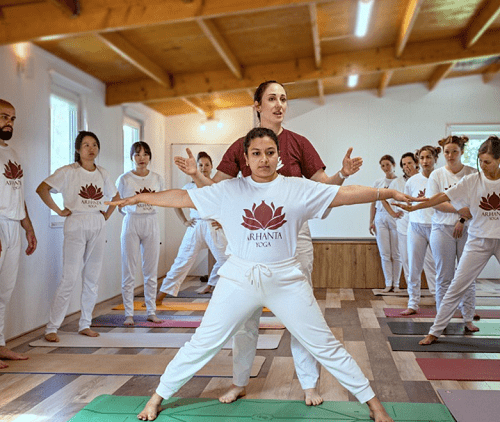
Experience authentic Hatha Yoga
Get free access to exclusive guided lessons with master teacher Kalyani Hauswirth-Jain

